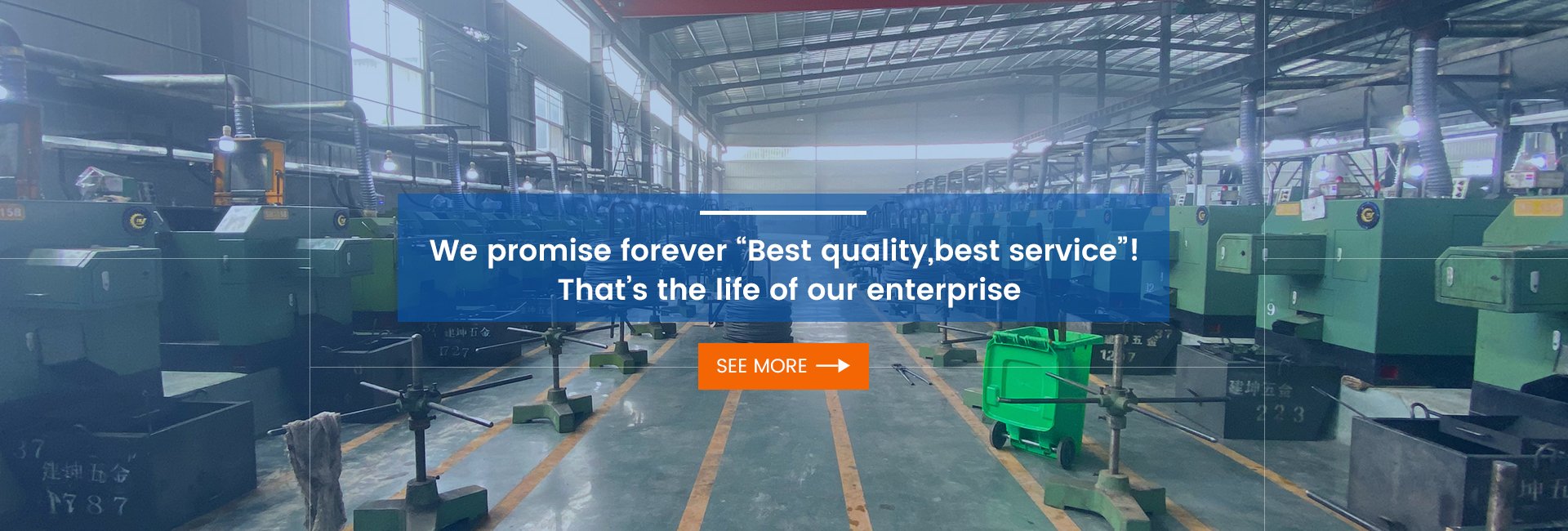The nail manufacturing industry is undergoing significant changes, driven by advancements in technology, evolving consumer preferences, and growing demand across various sectors. From construction and furniture manufacturing to packaging and agriculture, nails remain an essential component in numerous applications. As the industry continues to evolve, understanding the current trends is crucial for manufacturers to stay competitive and meet market demands effectively.
1. Automation and Advanced Manufacturing Techniques
One of the most prominent trends in the nail manufacturing industry is the increasing use of automation and advanced manufacturing techniques. Modern nail making machines are now equipped with high-speed production capabilities, automated quality control systems, and precision engineering. These advancements enable manufacturers to produce high volumes of nails with consistent quality, reducing production costs and minimizing human error. Automation also allows for more flexibility in production, enabling quick adjustments to meet specific customer requirements.
2. Sustainability and Eco-Friendly Practices
Sustainability has become a key focus in the nail manufacturing industry. Consumers and businesses are increasingly looking for eco-friendly products and processes. Manufacturers are responding by using recycled materials in nail production and adopting environmentally friendly coatings that reduce harmful emissions. Additionally, energy-efficient manufacturing processes and waste reduction strategies are being implemented to minimize the environmental impact of nail production.
3. Diversification of Nail Types and Applications
The demand for specialized nails tailored to specific applications is on the rise. Manufacturers are diversifying their product lines to include nails with unique features such as corrosion resistance, increased holding power, and specialized coatings for specific environments. For example, stainless steel and galvanized nails are popular for outdoor use due to their resistance to rust and corrosion. Similarly, the development of nails for specific applications, such as roofing, framing, and flooring, is becoming more common, allowing for more targeted solutions in construction and other industries.
4. Global Market Expansion
The nail industry is experiencing growth not only in traditional markets but also in emerging economies. Countries in Asia, Africa, and Latin America are seeing increased construction activities and industrialization, leading to a higher demand for nails. Manufacturers are expanding their distribution networks and establishing partnerships to tap into these growing markets. This global expansion is also encouraging competition, driving innovation and the development of high-quality products at competitive prices.
5. Digital Integration and Smart Manufacturing
The integration of digital technologies, such as the Internet of Things (IoT) and Industry 4.0, is transforming the nail manufacturing industry. Smart manufacturing solutions enable real-time monitoring of production processes, predictive maintenance, and improved supply chain management. These technologies enhance efficiency, reduce downtime, and allow manufacturers to respond quickly to market changes. Digital integration also facilitates better communication with customers, providing them with real-time updates on production status and order fulfillment.
Conclusion
The nail manufacturing industry is evolving rapidly, with technological advancements, sustainability initiatives, and market expansion driving its growth. Manufacturers that embrace these trends and invest in modern technologies, eco-friendly practices, and diversified product lines will be well-positioned to thrive in this dynamic market. Staying ahead of industry developments and adapting to changing demands will be crucial for maintaining a competitive edge in the nail manufacturing sector.
Post time: Aug-30-2024



